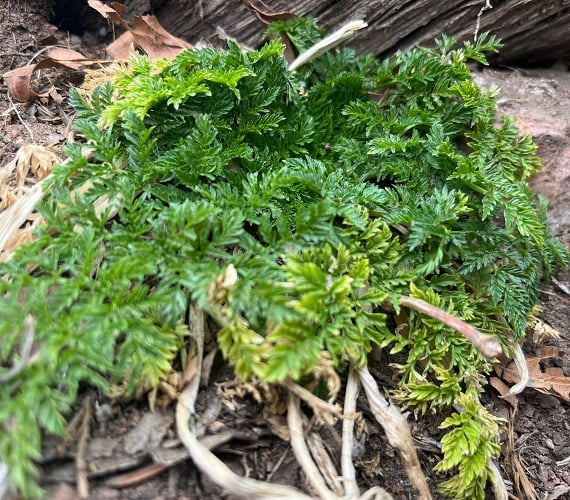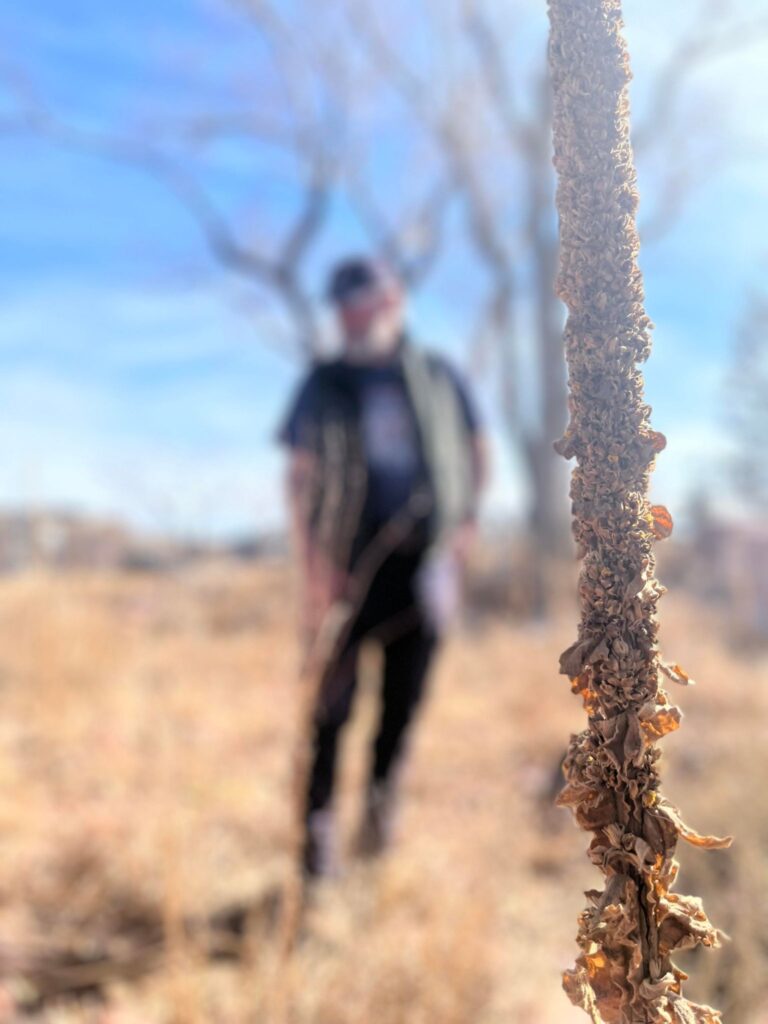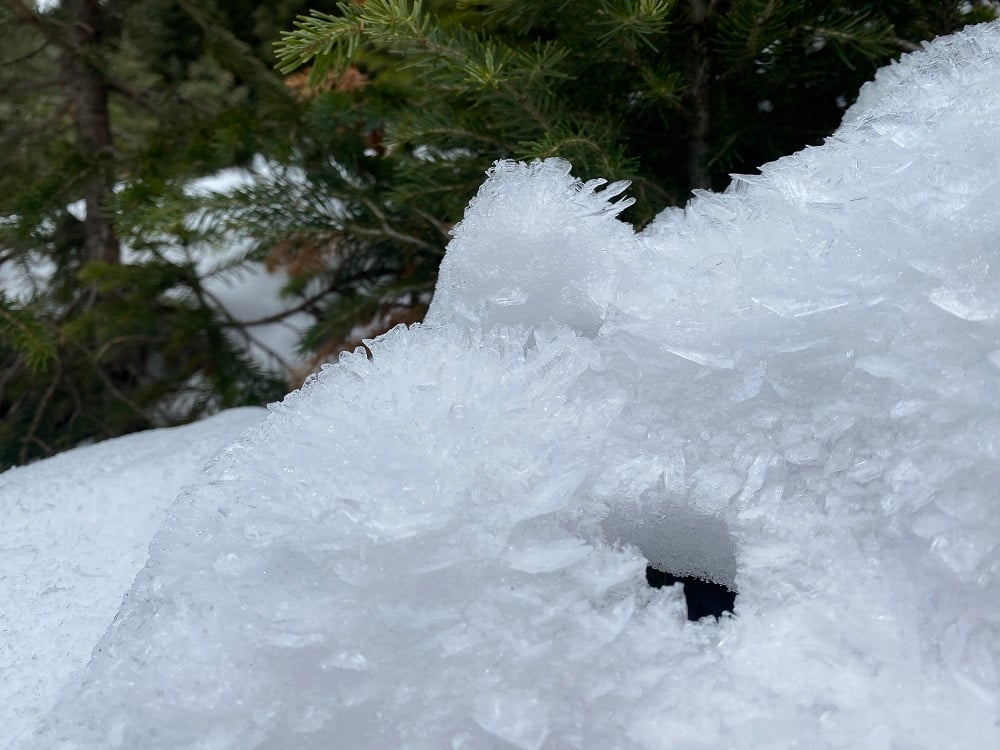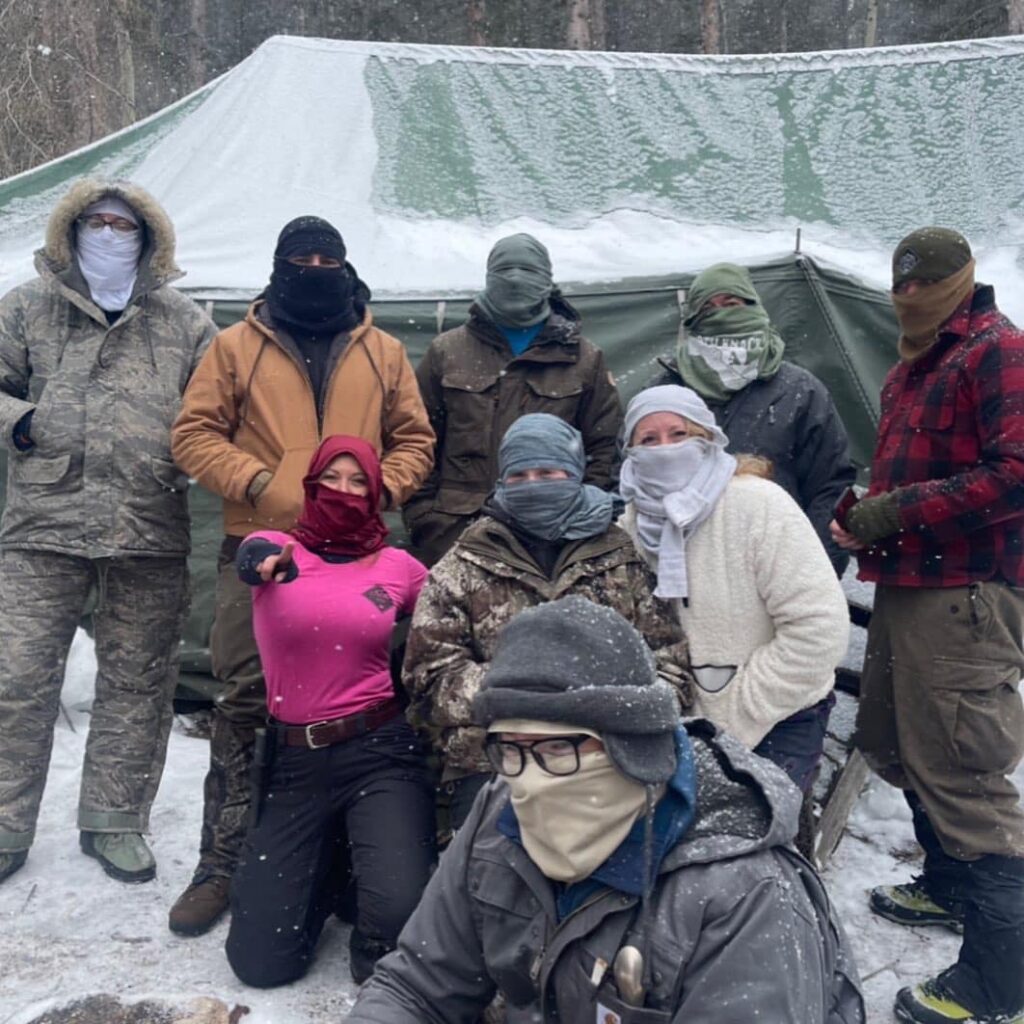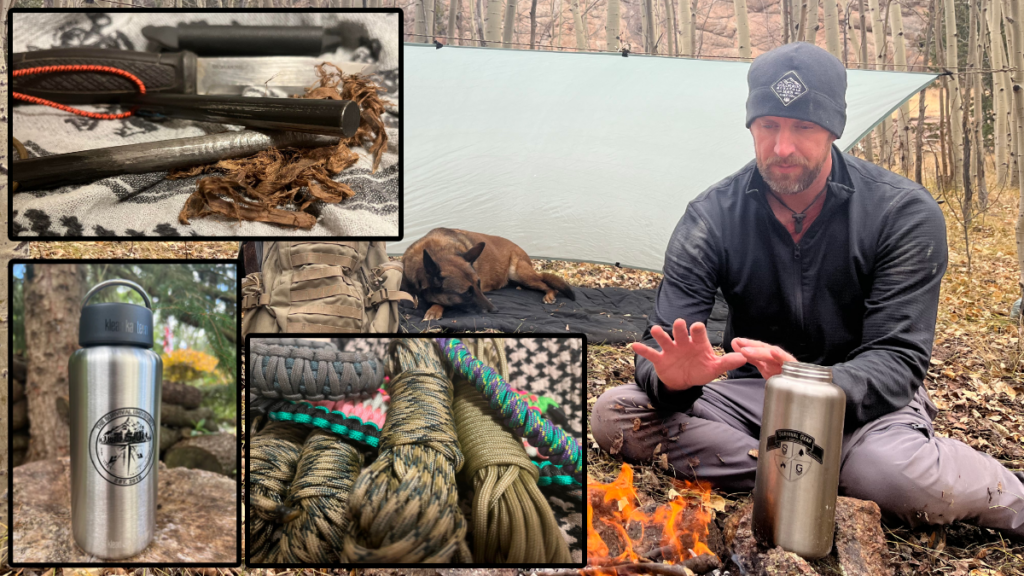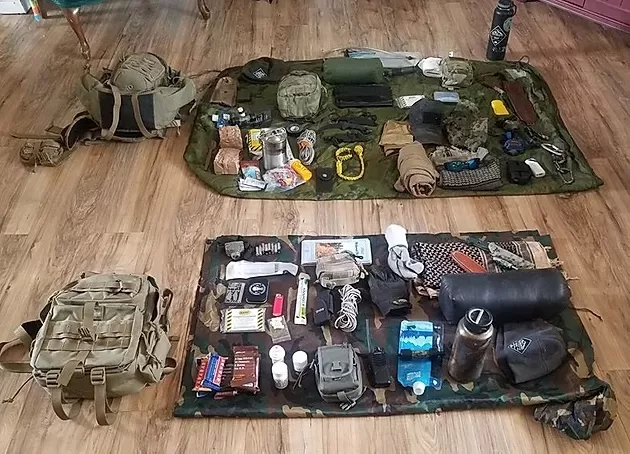Cart
6 min read
Survival Challenge – One Match Fire
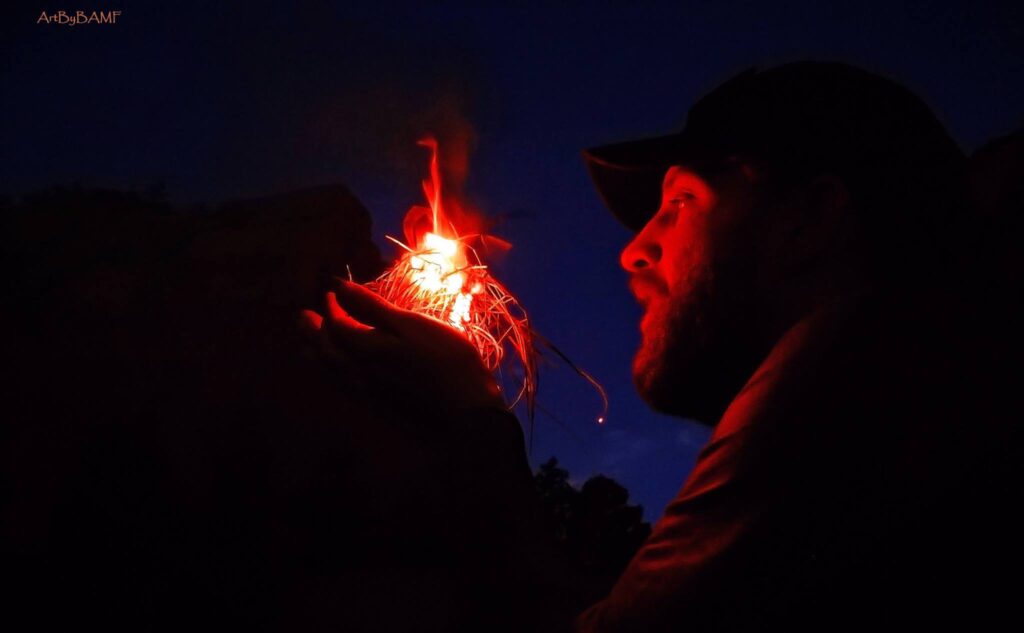
Test Your Survival Skills: The One Match Fire Challenge
Do you ever test your survival skills? Looking for a way to push your limits and practice 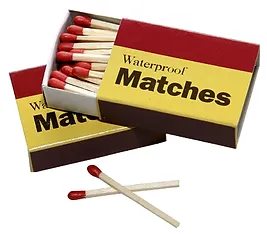 something that could one day save your life? Try starting a fire with just a single match—or limit yourself to a few strikes with a ferro rod. This challenge isn’t just a fun activity; it’s a practical way to prepare for real-world survival situations.
something that could one day save your life? Try starting a fire with just a single match—or limit yourself to a few strikes with a ferro rod. This challenge isn’t just a fun activity; it’s a practical way to prepare for real-world survival situations.
The One Match Challenge: A Survivalist’s Test
If a lighter is your go-to fire starter, that’s fine, but it’s always wise to have a backup. You can still challenge yourself with a lighter by restricting yourself to just one successful ignition attempt. If the flame goes out, you’ve failed the challenge.
This test, known among survivalists and bushcraft enthusiasts as the One Match Challenge, typically uses a single match. But why not extend it to other ignition tools of your choice—just leave the flamethrower at home!
Step It Up: Test in Adverse Conditions
Want to make it even harder? Try lighting your fire in less-than-ideal conditions, like:
- Damp mornings when everything feels wet.
- During a rain shower or snowfall.
- On a slightly windy day.
These scenarios mimic real-world survival challenges and ensure you’re prepared for what nature might throw at you in the backcountry.
Tips for Success
If you want to master this challenge, preparation is key. Follow these steps to increase your odds of success:
1. Use Quality Ignition Devices
Not all matches or fire starters are created equal. Many cheap waterproof matches sold in outdoor stores are, frankly, terrible. If you can find strike-anywhere matches, grab them, they’re worth the extra dollar or two. Your life may one day depend on their reliability.
2. Focus on the Details
Every detail matters when attempting a one-match fire. Match selection, fire pit location, wood type, wind direction, fire lay design, and tinder quality all play a role. With just one chance to ignite a fire, make sure every aspect is set up perfectly.
3. Master the Fire Lay
The shape of your fire lay can make or break your success. Avoid flat fire lays that restrict oxygen flow. 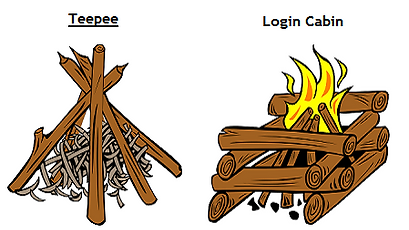 A teepee fire lay seems to be common practice but I despise this fire lay.
A teepee fire lay seems to be common practice but I despise this fire lay.
I suggest a lean-to fire lay as it is far more expedient.
4. Choose the Right Tinder
Good tinder is key. Look for dry, dead, hair-like or fluffy plant material that is completely moisture-free. If your tinder isn’t fine enough, break it down further with your hands to create thin, fibrous pieces. Avoid newspaper or toilet paper for this challenge, stick to natural materials you gather yourself.
 5. Pick Perfect Kindling
5. Pick Perfect Kindling
Kindling is the bridge between your tinder and larger fuel. Small, dry twigs work best. Avoid kindling that has been lying on the ground, as it often absorbs moisture. Look for dead branches still clinging to trees for the driest material.
6. Feather Stick Your Kindling
A feather stick is a game-changer. Carve thin shavings into a stick to create more surface area for the fire to catch. Feather sticks burn quickly and help transition from tinder to kindling.
7. Gather Plenty of Tinder
When it comes to tinder, more is better. Collect at least a football-sized bundle to ensure your fire burns long enough to ignite the kindling. Keep extra tinder on hand to reignite the fire if needed.
8. Build a Solid Structure
Construct your fire lay so it’s both stable and airy. The tinder should sit at the center with the kindling carefully placed around it. Your structure needs to support airflow while staying secure against light winds or bumps.
9. Use Natural Accelerants
Dead needles from pines, firs, spruces, or junipers contain natural oils and saps that ignite easily and burn hot. Incorporate these into your fire lay for a quick burst of heat and flame.
10. Light Close to Your Fire Lay
Strike your match or use your ignition device as close to your fire lay as possible to avoid losing the flame to wind or movement. Precision matters here.
11. Transfer Fire with Care
For added control, light a small pile of tinder first, then transfer it into your primary tinder bundle. This lets you concentrate the flame before committing it to your fire lay.
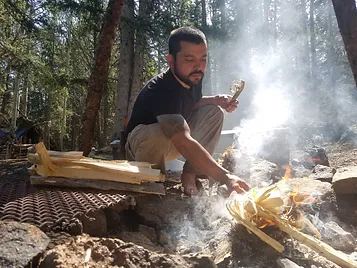
12. Protect Your Flame
Wind is your biggest enemy during the one-match challenge. Shield your match or flame with your hands, body, or natural wind barriers. If the wind is too strong, consider relocating your fire lay to a more protected spot.
13. Light the Base
Always ignite the base of your fire lay. Fire climbs upward, so starting at the bottom ensures the flames spread effectively through the tinder and kindling.
14. Use the Wind to Your Advantage
Start your fire on the downwind side of your fire lay. This allows the wind to push the flames through the structure, igniting it more quickly and evenly.
15. Avoid Wet Surfaces
If the ground is damp or snowy, build your fire lay on a platform of dry sticks. Wet surfaces can create steam and extinguish your fire before it has a chance to take hold.
Beyond Ignition: Maintain Your Fire
Once you’ve successfully lit your fire, don’t stop there. Keep it going for at least a few minutes to ensure it’s stable. Try boiling water, cooking something, or simply warming your hands. A fire that goes out too quickly doesn’t help much in a survival situation.
Safety First
Always prioritize safety during fire practice. Ensure your fire is contained and cannot spread accidentally. Never attempt the challenge during high fire danger or when fire bans are in effect or during high winds.
Final Thoughts
The One Match Challenge isn’t just a test of skill, it’s a chance to hone your survival abilities in a controlled setting. Whether you’re using matches, a ferro rod, or even a lighter, the principles are the same: process, preparation, precision, and practice.
So, get out there, challenge yourself, and remember, every fire you start in practice builds confidence for when you’ll need it most. Stay safe, and happy fire-making!
Leave a Comment
EAT THE WEEDS – POISON HEMLOCK
Poison hemlock (Conium maculatum) is a highly toxic plant that is native to Europe and North Africa and has become naturalized in many parts of...
EAT THE WEEDS – GREAT MULLEIN
Great mullein has a long history of medicinal use and has been used for centuries to treat a variety of ailments. The leaves and flowers...
PREVENT WINTER INJURIES
We thought we would share a few general winter survival tips to help prevent winter injuries caused by changes mother nature may have in mind.
Winter Clothing
Layering clothes is an effective way to stay comfortable and protected from the elements in various weather conditions. By layering clothing, you can regulate your...
Another Tucking Survival Tip
An easy to follow survival tip. If we tuck our pants into our socks, shirt into our pants, and so on, we trap this warmed...
The 5 C’s of Survival Gear
The Basic gear you should have to survive the night outdoors. A common mistake most adventures make is heading outdoors without the necessary gear should...
Understanding Water Survival
Learn the importance of water survival techniques to survive cold water immursion, sinking vehicle accidents, and floods.
10 Reasons to Take a Survival Class at TSU
Reasons to learn survival skills are legion, but here are ten to consider before you sign up for a survival class.
Get Home Bag / Survival Kit
Gear makes things easier so I do still carry items in my car or on my body at all times. Here is a list of...
Costa Rica Jungle Adventure
I'm going back down to Costa Rica to see my friend Alberto Lopez for a Jungle Adventure and would like to invite you to come...

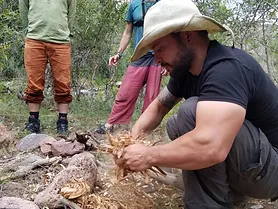 5. Pick Perfect Kindling
5. Pick Perfect Kindling